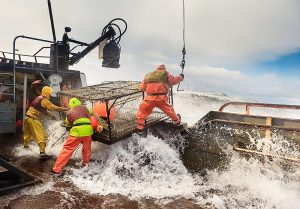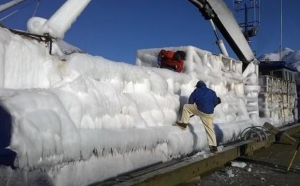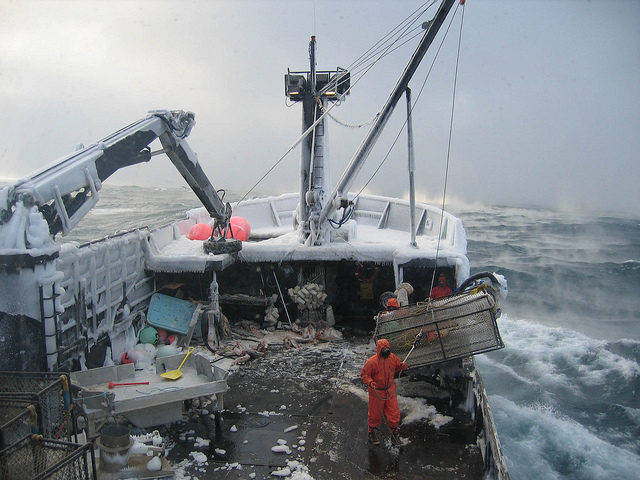Meeting Fishing Vessel Safety Act Requirements: 2025-2026 Compliance Guide
 Commercial fishing remains one of America’s most dangerous occupations, with fatality rates significantly higher than most other industries. The Commercial Fishing Industry Vessel Safety Act, enacted following tragic losses at sea, establishes minimum safety requirements that can mean the difference between life and death. Here is a comprehensive guide for mariners to ensure compliance for 2025-2026.
Commercial fishing remains one of America’s most dangerous occupations, with fatality rates significantly higher than most other industries. The Commercial Fishing Industry Vessel Safety Act, enacted following tragic losses at sea, establishes minimum safety requirements that can mean the difference between life and death. Here is a comprehensive guide for mariners to ensure compliance for 2025-2026.
Determine Your Vessel’s Classification
Establish which regulations apply to your operation. The Fishing Vessel Safety Act applies to commercial fishing vessels, with different requirements based on vessel size, operation area, and crew capacity. Documented vessels operating beyond the U.S. Boundary Line (the dividing point between internal and offshore waters) or carrying more than 16 persons face the most rigorous requirements, while smaller operations have modified standards. Check your vessel’s documentation and operating parameters against current U.S. Coast Guard classifications. This determines everything from equipment requirements to training obligations.
 Maritime Injury Law Blog
Maritime Injury Law Blog




